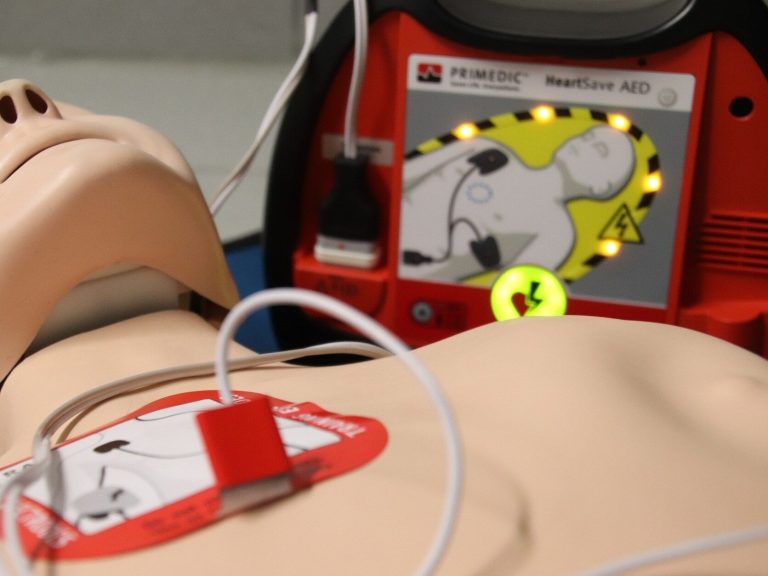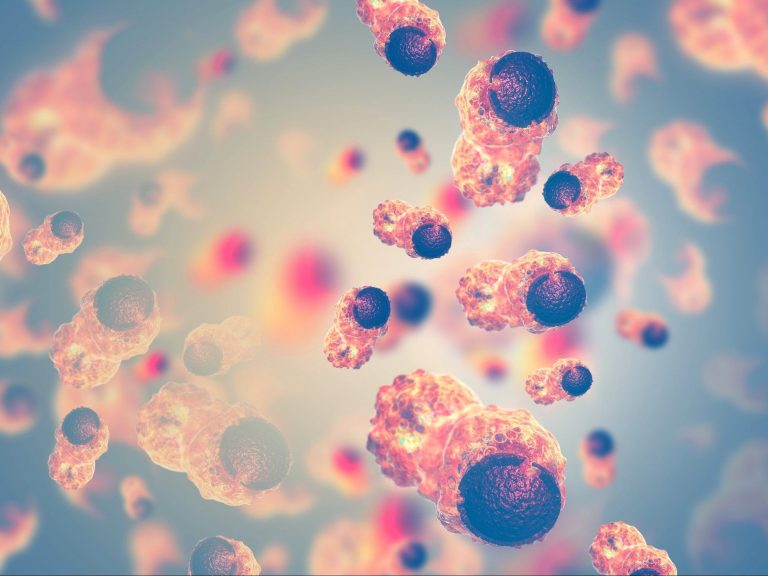Symptoms of dangerous cancer can be seen on the skin. The number of cases is growing rapidly

Pancreatic cancer is a disease that can be visible to the naked eye. It's about skin symptoms. It is important not to downplay any changes that concern us.
Seemingly harmless symptoms may indicate a very serious disease. This is the case, among others, with disturbing skin symptoms – they can be an alarm signal that something is wrong in our body, and in extreme cases, even indicate cancer. This is one of the symptoms of pancreatic cancer, one of the most deadly cancers. The five-year survival rate after diagnosis is only 9 percent. It is even more important to be sensitive to every, even the smallest, symptom of this disease. However, due to non-specific symptoms, it is most often diagnosed at an advanced stage.
Skin symptoms in pancreatic cancer
One of the unusual symptoms of pancreatic cancer are those visible on the skin. The body may then experience itching. Chronic itching that lasts for several weeks may be one of the early signs of cancer of internal organs, including the pancreas. Another skin symptom is characteristic yellowness (accompanied by yellowing of the whites). This is the result of the accumulation of bilirubin, a component of bile produced by the liver. Jaundice may be caused by obstruction of the common bile duct, which is caused by a tumor (in this situation, it is most likely located in the head of the pancreas). Bile also accumulates in the gallbladder, which in turn can cause it to enlarge.
What are other symptoms of pancreatic cancer?
It is extremely important not to underestimate the above symptoms and combine them with other symptoms that may indicate this cancer. They depend on where the tumor is located, its size, invasiveness and the degree of invasion of neighboring organs. It often happens that the initial symptoms of pancreatic cancer are confused with other, non-cancerous diseases of this organ. The patient may experience loss of appetite, weight loss, and abdominal discomfort. Symptoms such as diarrhea may also occur.
As the disease progresses, the previously mentioned yellowing of the whites (and the accompanying yellowing of the skin) appears, as well as sharp and dull pain in the pancreas, which manifests itself as abdominal pain. The patient may also experience back pain – radiating from the navel area backwards to the spine (both sides). One of the signs of this cancer is diabetes or impaired glucose tolerance. In advanced stages of cancer, gastrointestinal bleeding, ascites, and duodenal obstruction may also occur. Symptoms of pancreatic cancer can also be noticed in the toilet through fatty diarrhea and dark urine.
The number of pancreatic cancer cases is increasing
It is extremely important to carefully observe your body – if anything worries you, see a doctor immediately. The diagnosis of this disease is made on the basis of a medical interview, laboratory tests, and imaging tests (ultrasound, computed tomography, endoscopic examination, fine-needle biopsy, magnetic resonance imaging). Remember that the sooner the diagnosis is made, the better the patient's chances are, because the prognosis and survival time increase.
Pancreatic cancer is a malignant tumor with an increasing incidence – a systematic analysis conducted as part of the Global Burden of Disease Study in 2017 showed that the number of cases and deaths from pancreatic cancer in both sexes increased 2.3-fold compared to 1990. Pancreatic cancer is expected to become the second leading cause of cancer-related mortality by 2030. Be sure to check what habits increase the risk of pancreatic cancer and avoid them.






